In the Western hemisphere people who reads blogs like this one and drink mostly Asian teas in loose-leaf form are a distinct minority, and shops that serve our kind of needs are, by and large, niche players who get relatively little business from those who are not so serious about tea. I suspect that the largest source of loose leaf tea consumption in retail format comes from places that serve loose leaf tea as part of a cafe style operation – with cakes, scones, snacks, and the like.
There are different ways in which such teas are served. On a national scale, the large chains almost all serve teabags, and for good reason – teabags are easy, they’re cheap, the margins are high, and they’re consistent. Anybody can stick a Tazo teabag in a cup and throw hot water in it, and out comes a breakfast style tasting tea that is going to be the same everywhere you go. Smaller shops, on the other hand, especially higher end shops, tend to serve loose leaf teas these days to distinguish themselves from the big chains. If the teas are taken in store, they’ll come in big pots and cups. If you order to go, you’re going to get a paper cup with a t-sac of tea. That’s much harder to do for the average shop – you have to make sure your employees have some idea of what they’re doing, otherwise the teas can be quite nasty. When done well, the teas can be quite decent, and for a traveling tea addict like myself, it can be a welcomed caffeine fix, and it can also be a good introduction to loose leaf tea, or a great place to experiment with teas that one’s unfamiliar with, for people who are otherwise not so tea inclined. Two days ago, I found myself going to a tea and macaron place called Soirette in Vancouver while I was visiting the city for a quick trip before heading to Portland OR. I had a “Wuyi Rock Oolong” which turned out to be quite ok, even though it was made a bit too weak for my taste. But then, any tea in a paper cup is going to be too weak if it were a yancha, so I’m not complaining.
The thing though is that teas are anonymous. As I’ve mentioned before, one of the difficult things are tea purchasing is that two shops can sell the same tea under different names, and you could be none-the-wiser even if you tried them one after another. Unless you do a strict comparison tasting side by side, it’s not always obvious that they’re from the same source. Places like Soirette must source their teas from somewhere – I have a hard time imagining them purchasing teas in bulk from a number of different sources, for that would require a level of work beyond what is necessary (unless, of course, the owner is a tea addict). So, the question is, where?
I tried looking through the web to see if it is possible to find out who they source their teas from, and it turns out to be quite difficult. There are really two possibilities – some big, national stores, or local shops that supply teas for them. Alas, after searching, there’s no real way of knowing with any certainty. I think the only time when you can tell for sure is if some more or less branded teas are used wholesale, without any type of name change. On Soirette’s tea menu, for example, there’s a “Harbour Morning”, which is some type of breakfast tea and named in reference of Coal Harbour, where they’re located. Pretty obviously they named it for their store’s location, and very likely it used to be called “English breakfast” or some other generic name. Then there are things like Jade Oolong, Organic Iron Goddess of Mercy, Marsala Chai, etc etc…. at first I thought it might be Mightyleaf, which has a lot of similarly named organic teas, but then, they also didn’t offer a lot of what Soirette had either. Some look suspiciously similar, but…. the point is, barring some amazing discovery of identical names, etc, and a tea I recognize by taste, there’s just no way to tell.
Perhaps in some ways, that doesn’t matter. However, I do think it speaks volumes about the kind of difficulty faced by newcomers to the hobby – having to deal with the byzantine naming conventions of the trade, and the idiosyncracies of individual shops. If you really love that Harbour Morning blend, you could certainly ask the shop where they get their teas from. In this case, they might tell you, since I don’t believe Soirette sells tea in bulk (although I could be wrong). Try asking a retail tea store, however, and they’ll probably spin some story about sourcing the best teas from the best places, etc. You can go on a quest trying dozens of breakfast blends and not finding the same tea, and even if you end up with the same tea, you might miss it because you feel it’s somehow different. It’s tough when you try to hunt specific teas down, and it all comes down to the problem of teas not bearing names when they’re in loose form. Which is why it’s probably always a good idea to not get too hung up on “the XXX tea I tried at Y shop” too much, because chances are you won’t find it anywhere else.

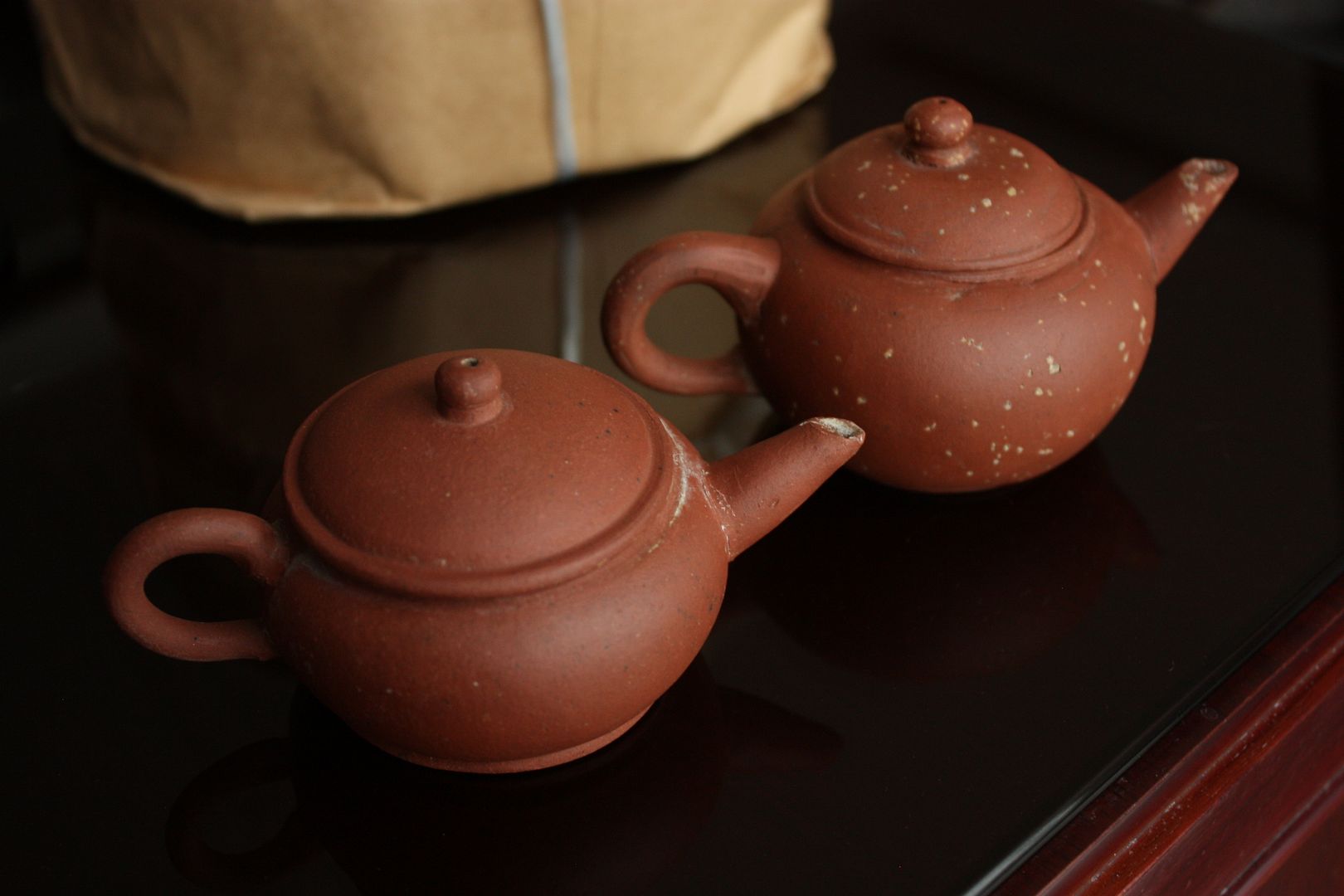
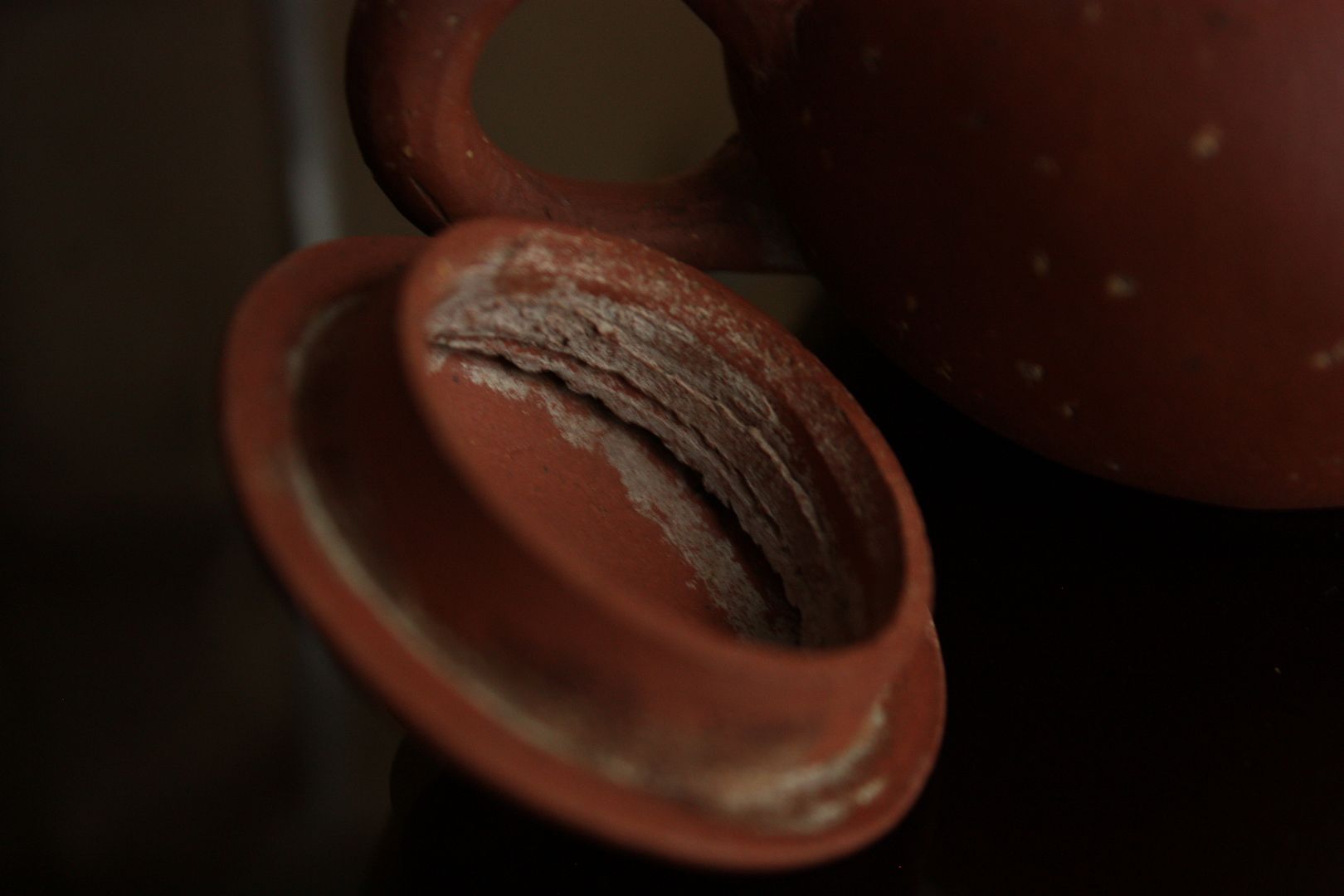
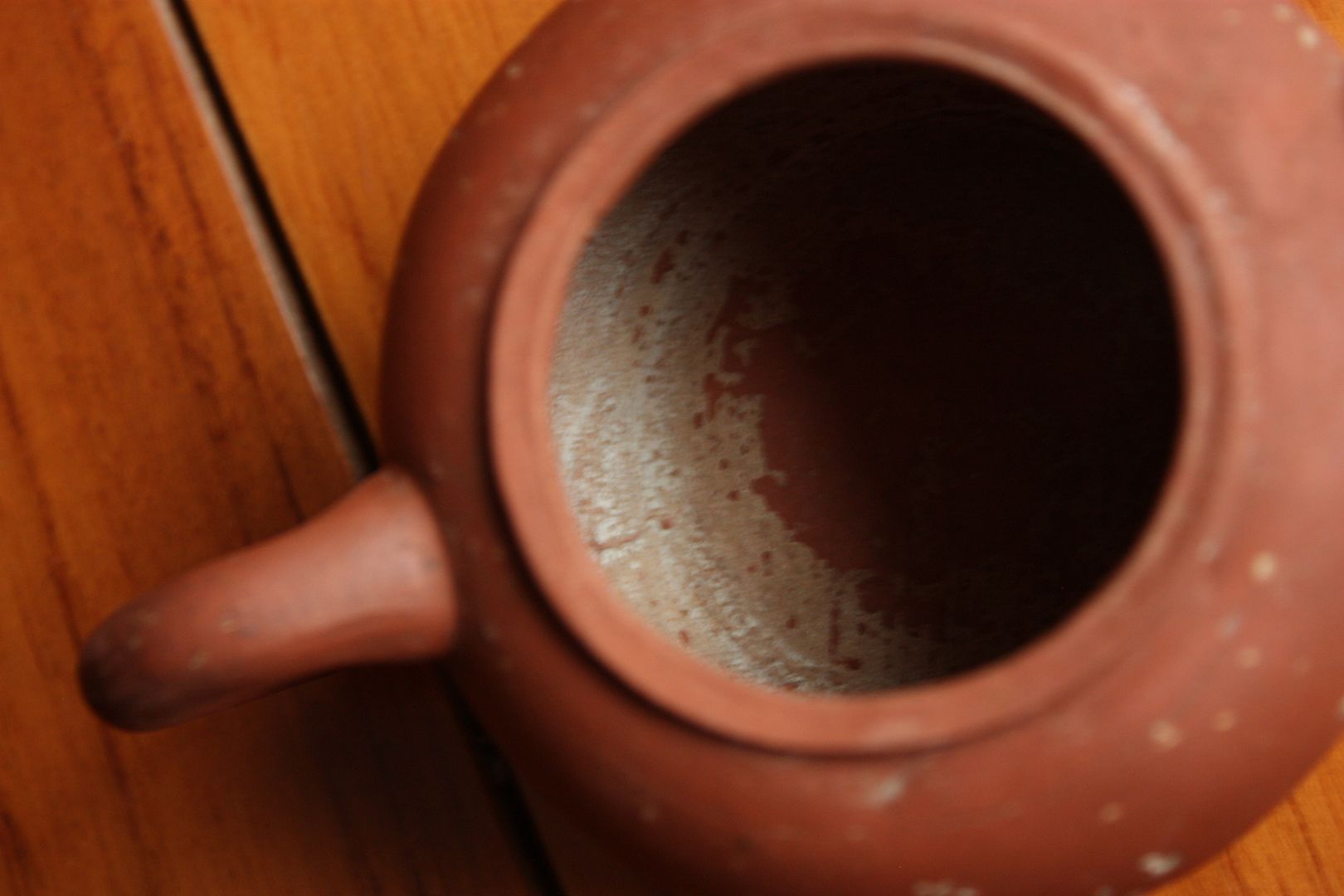
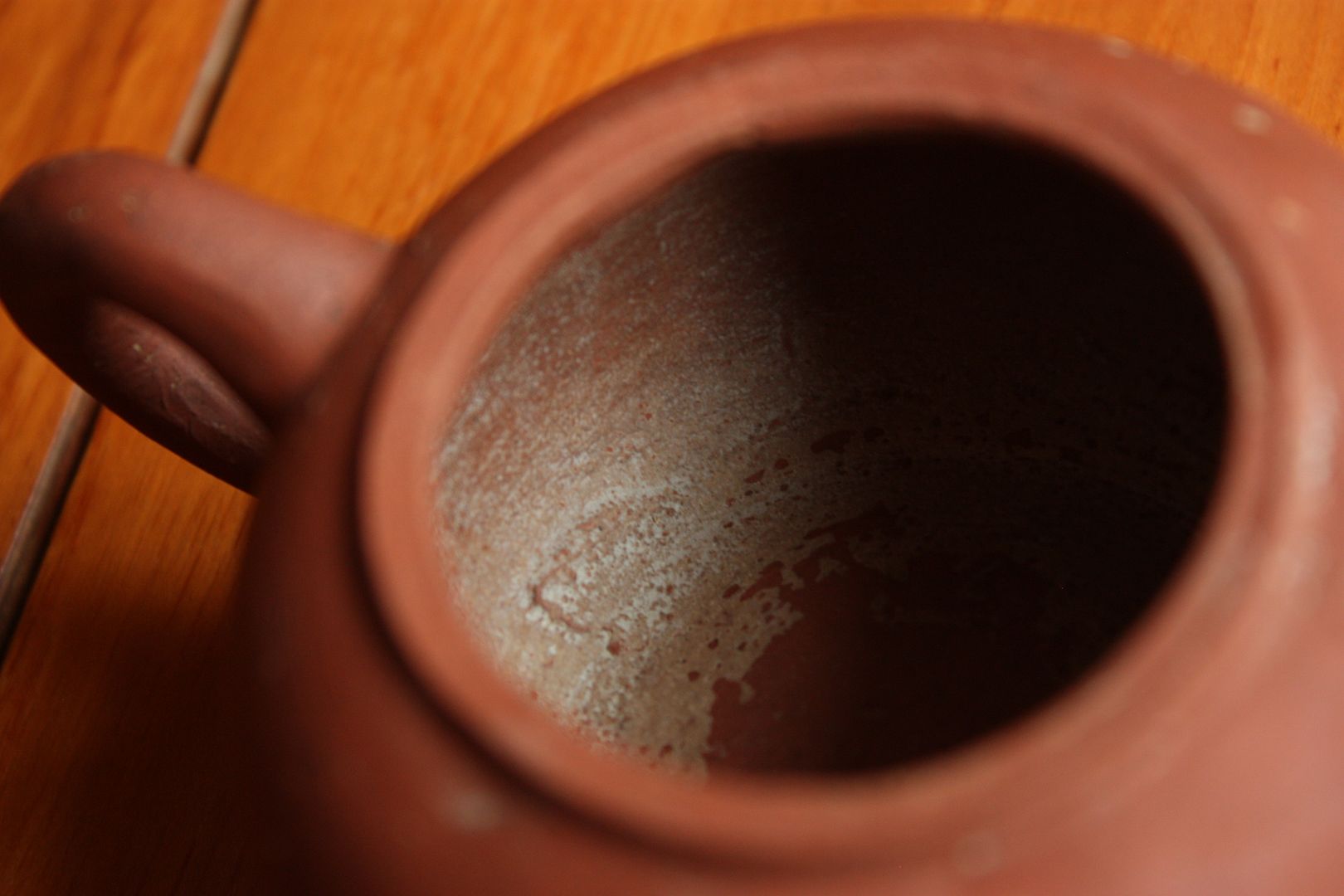
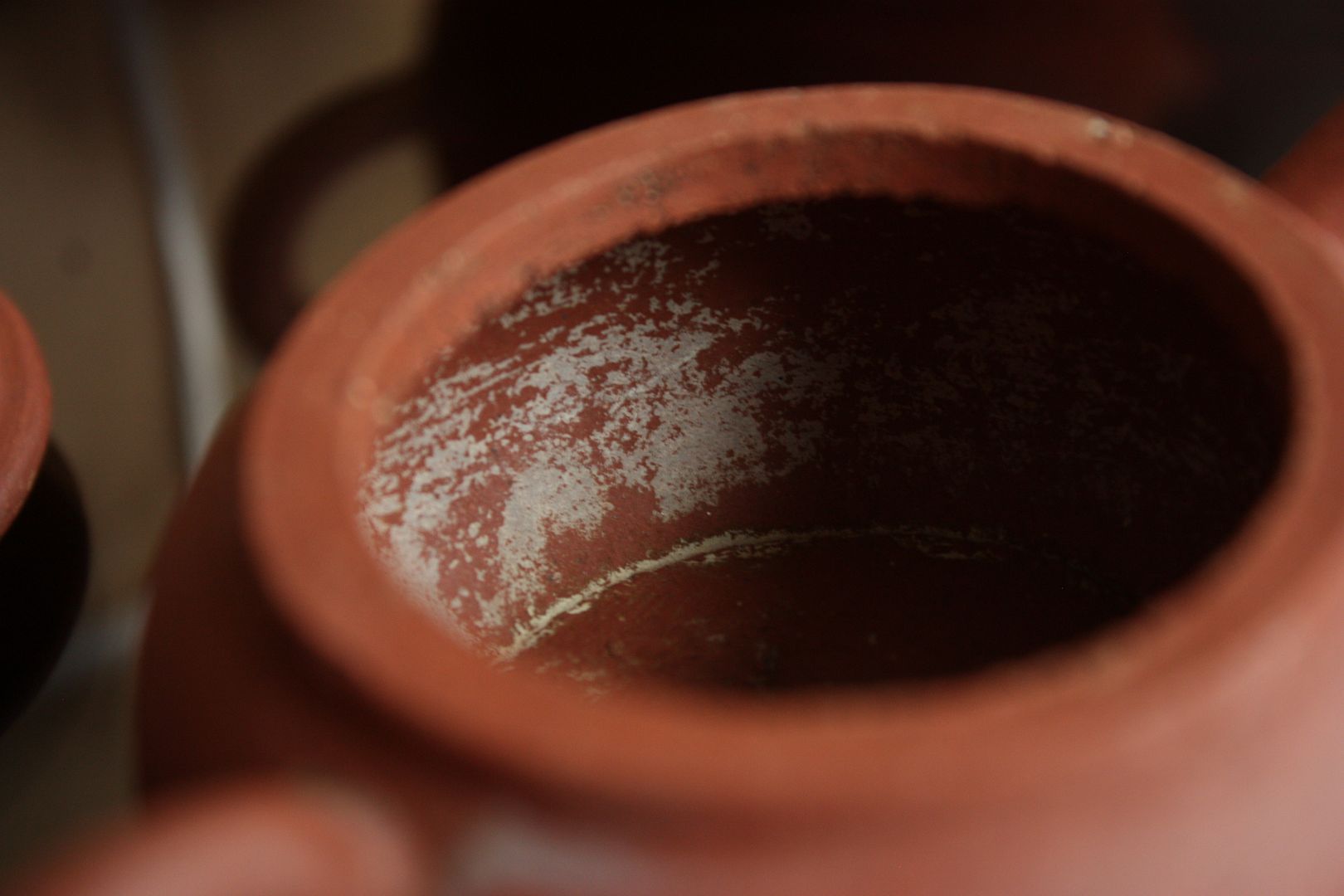
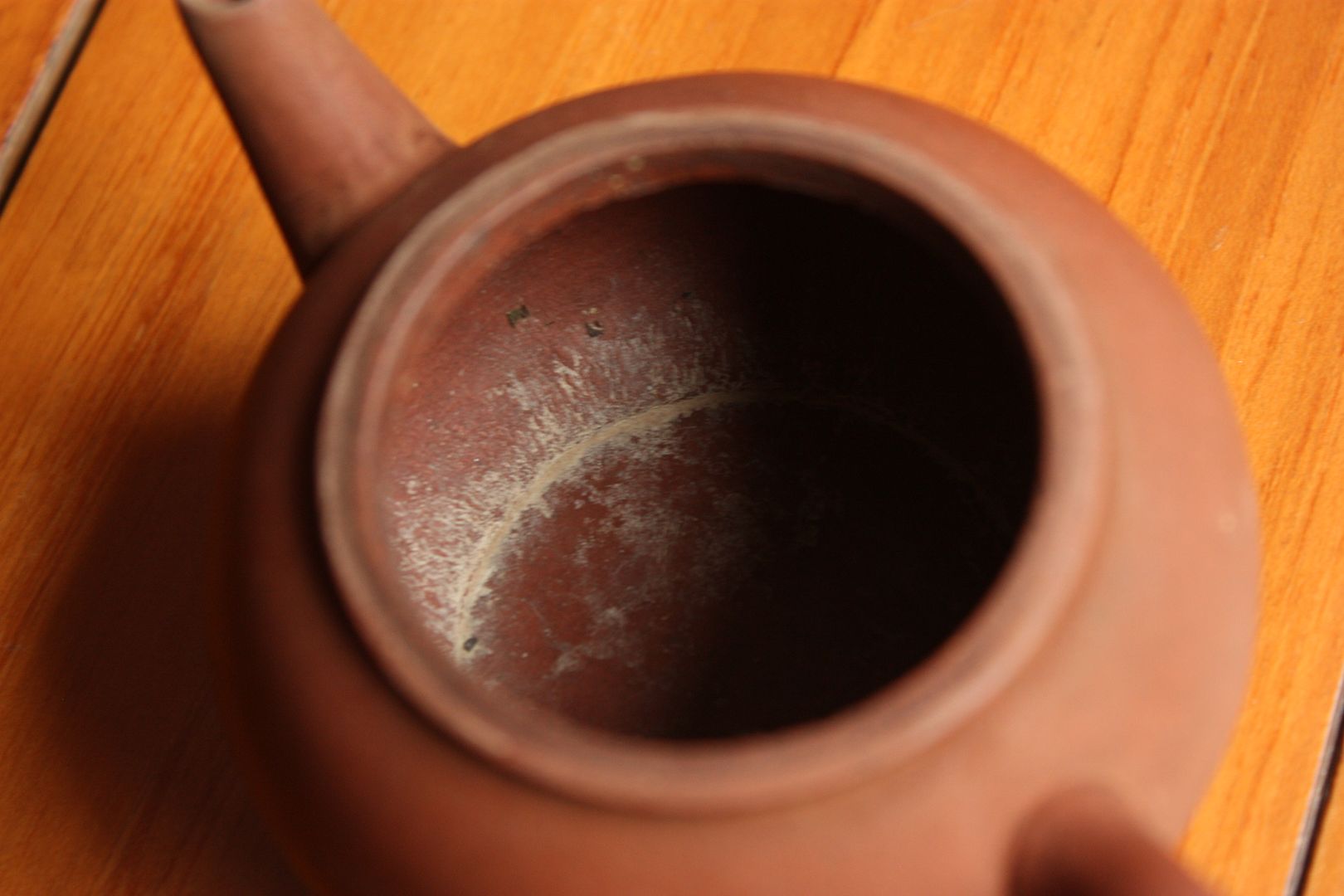
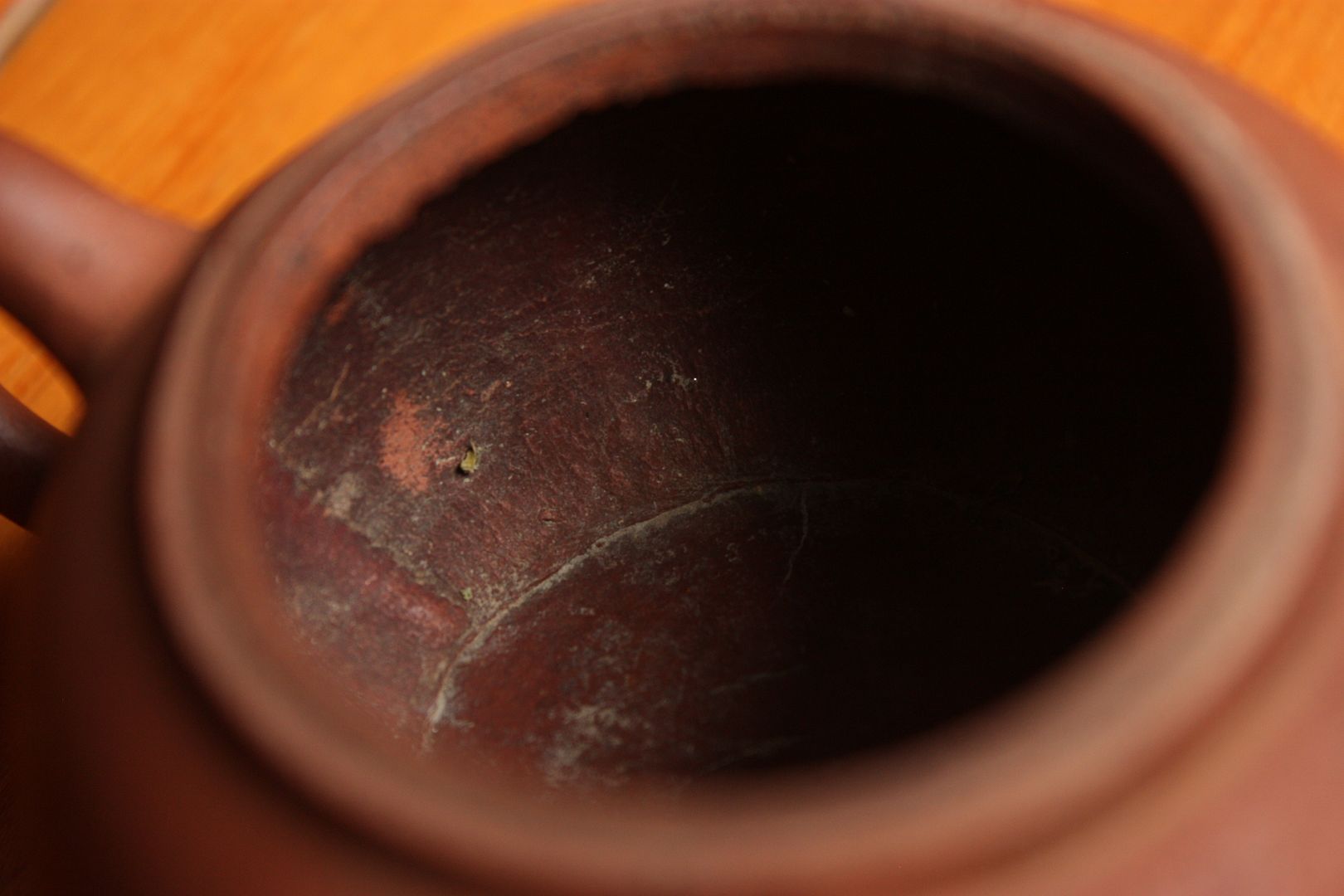
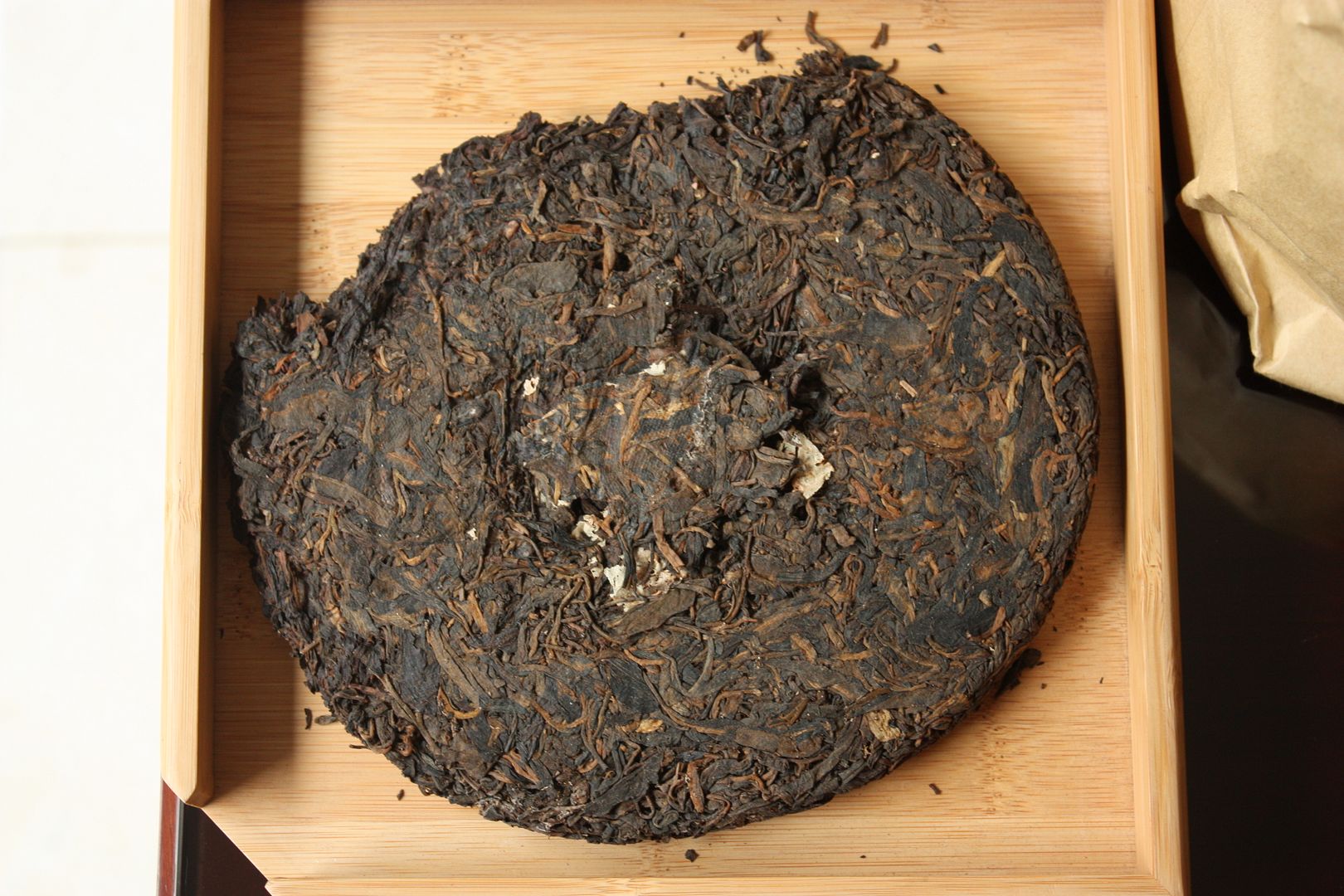
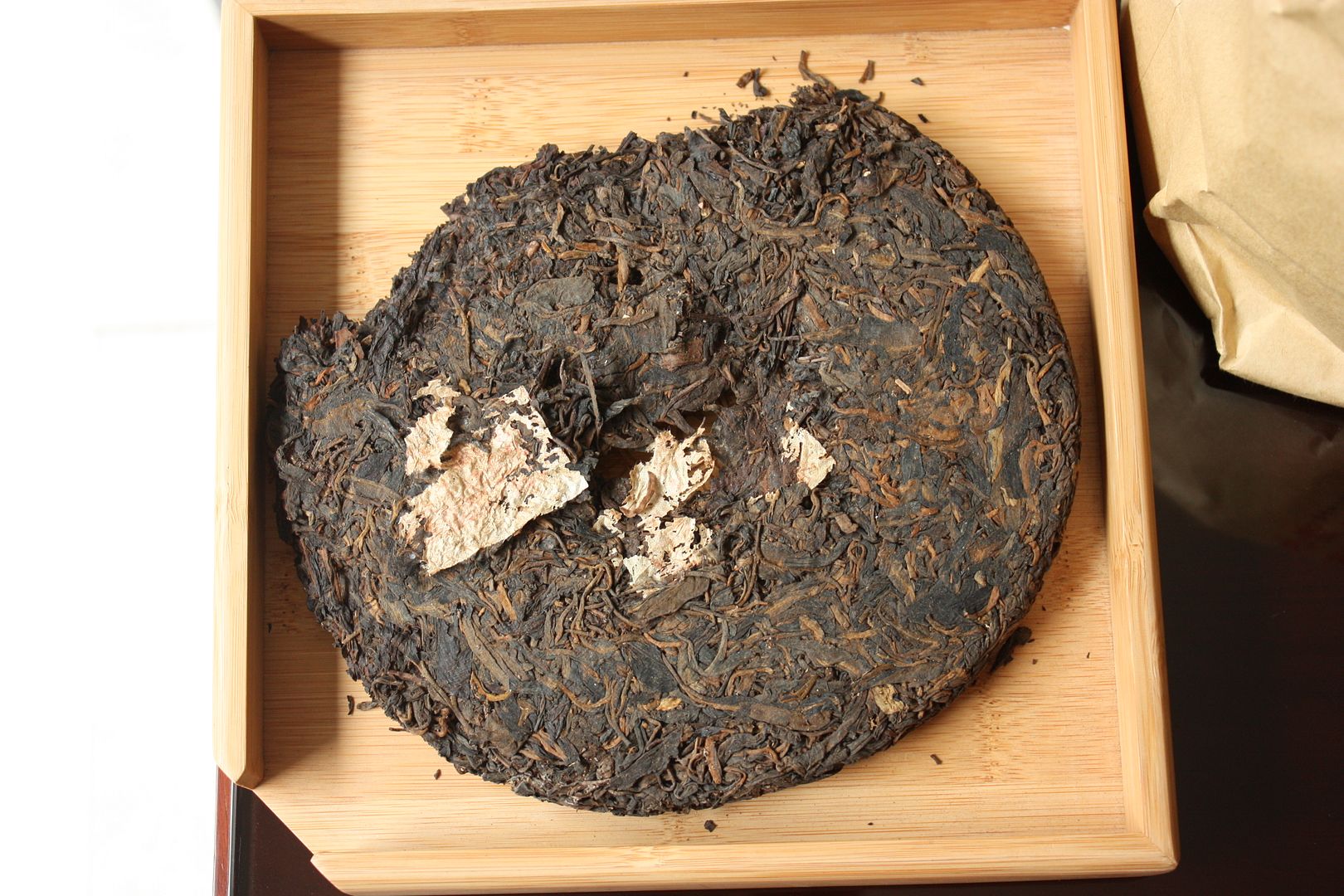
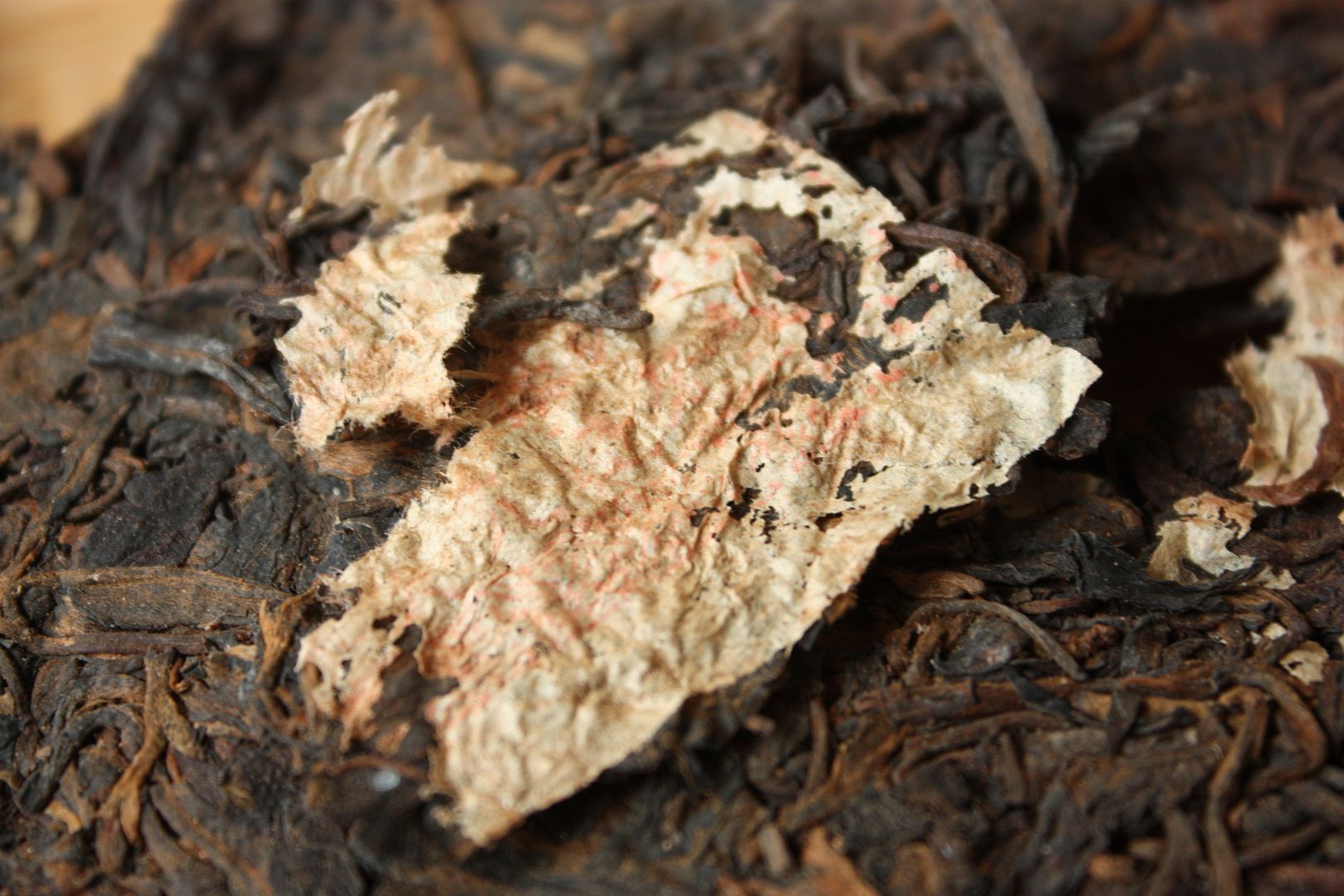
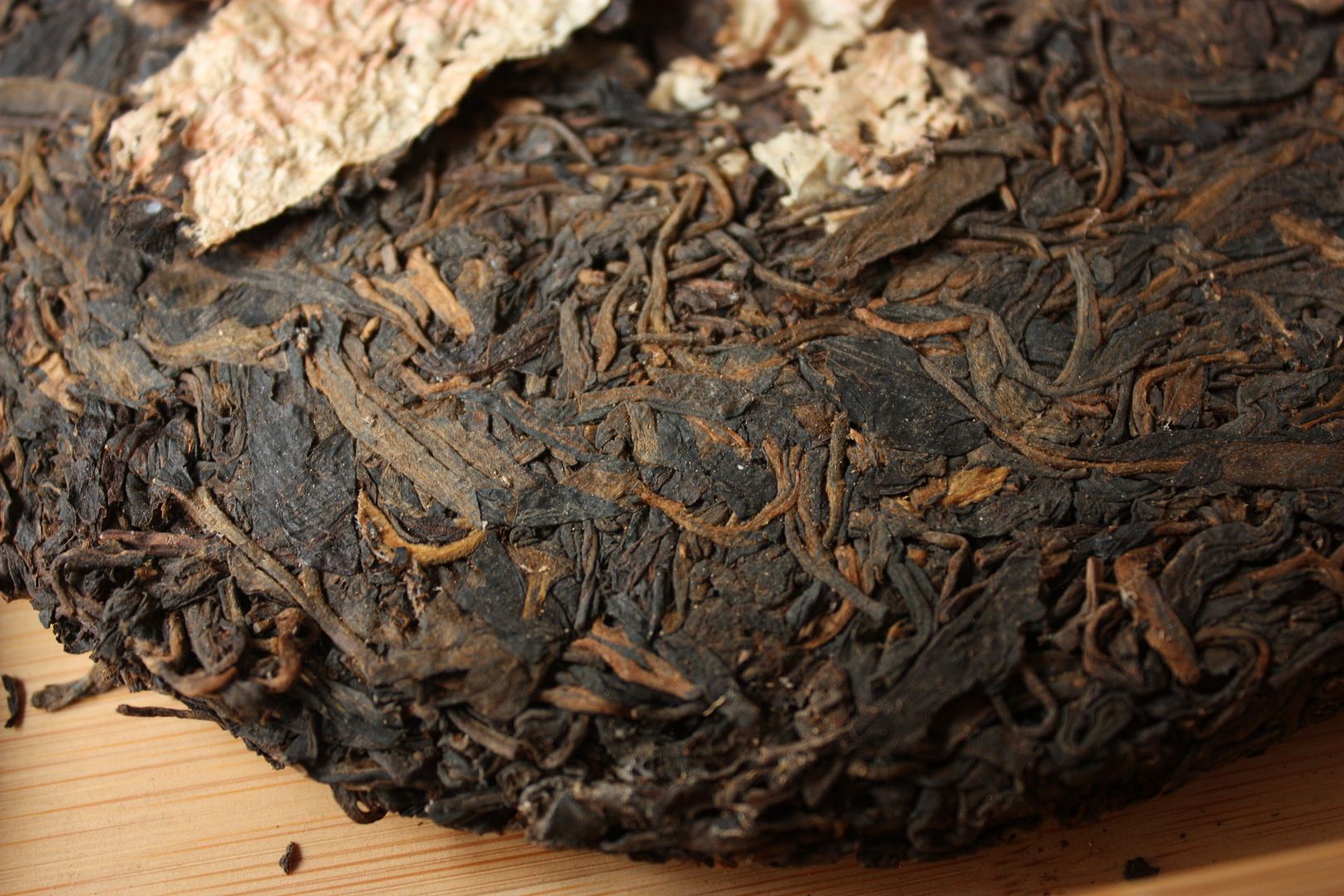
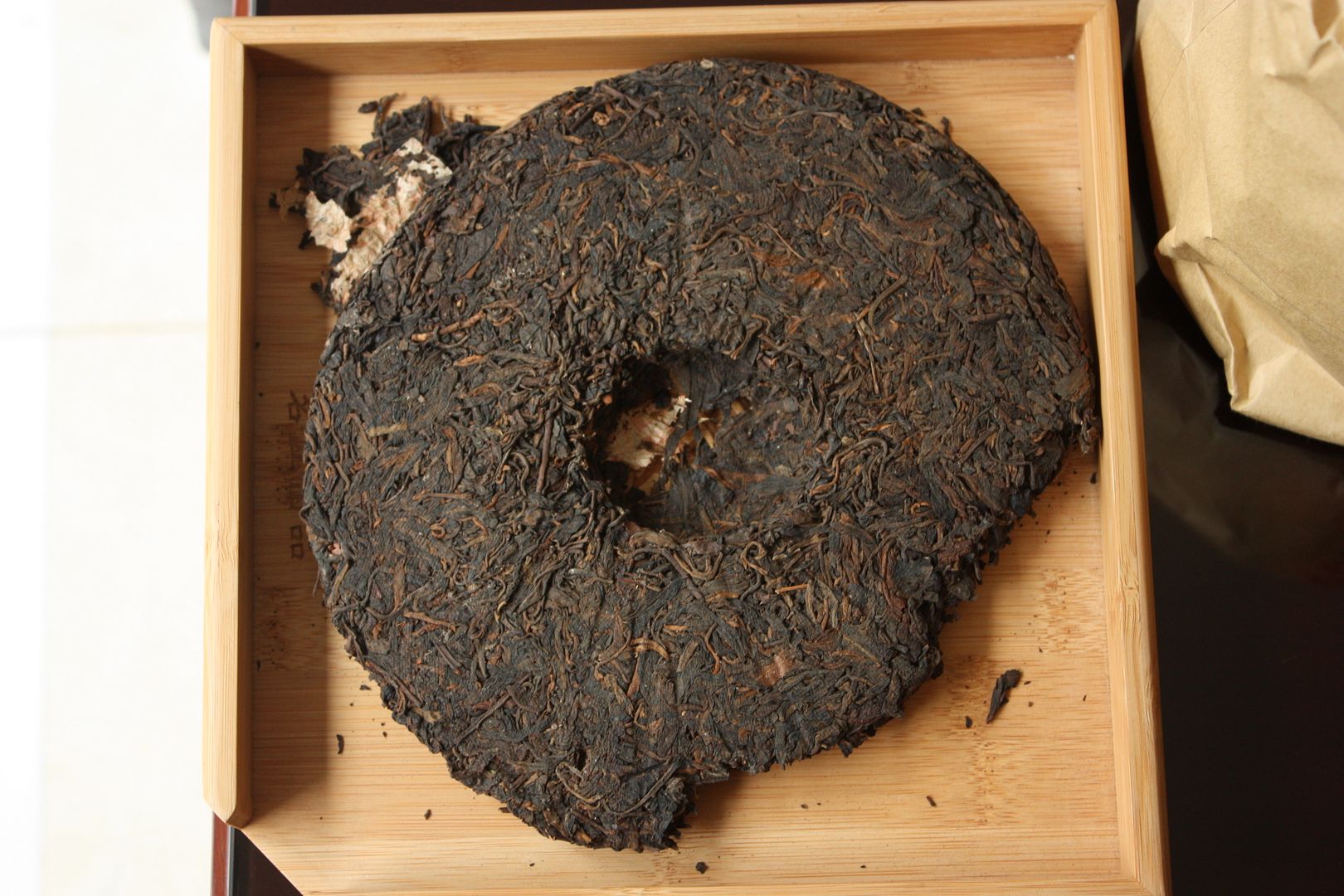
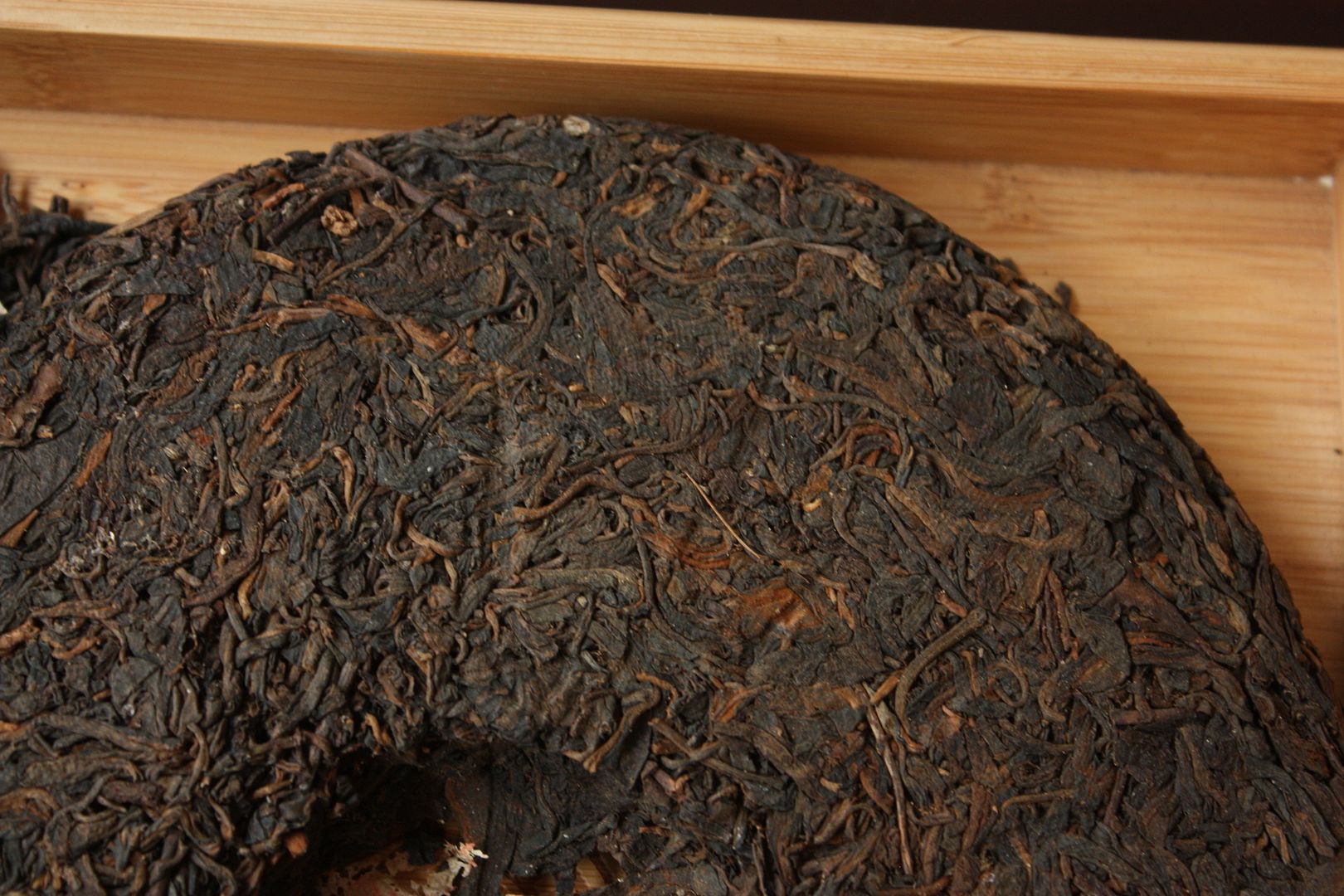
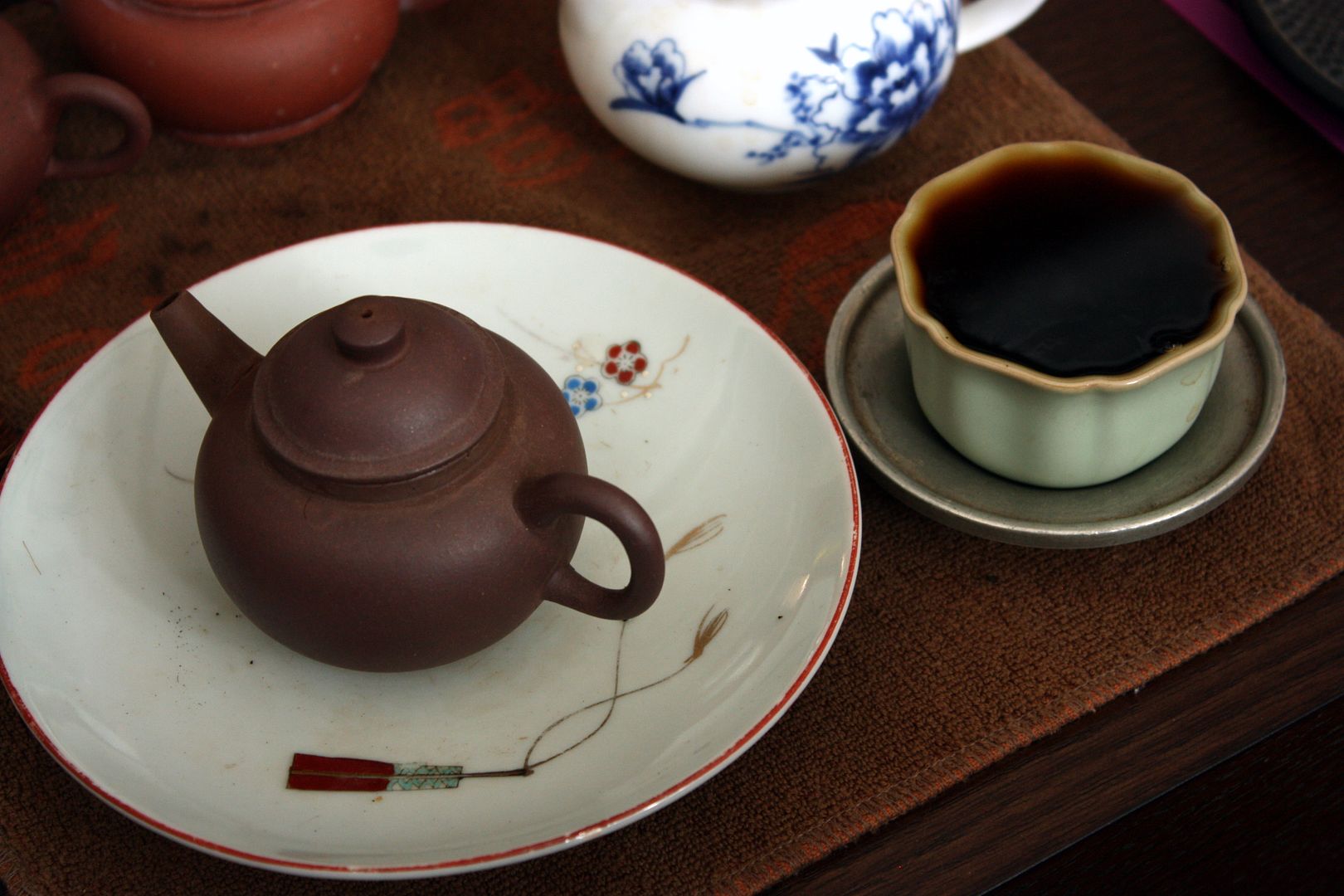
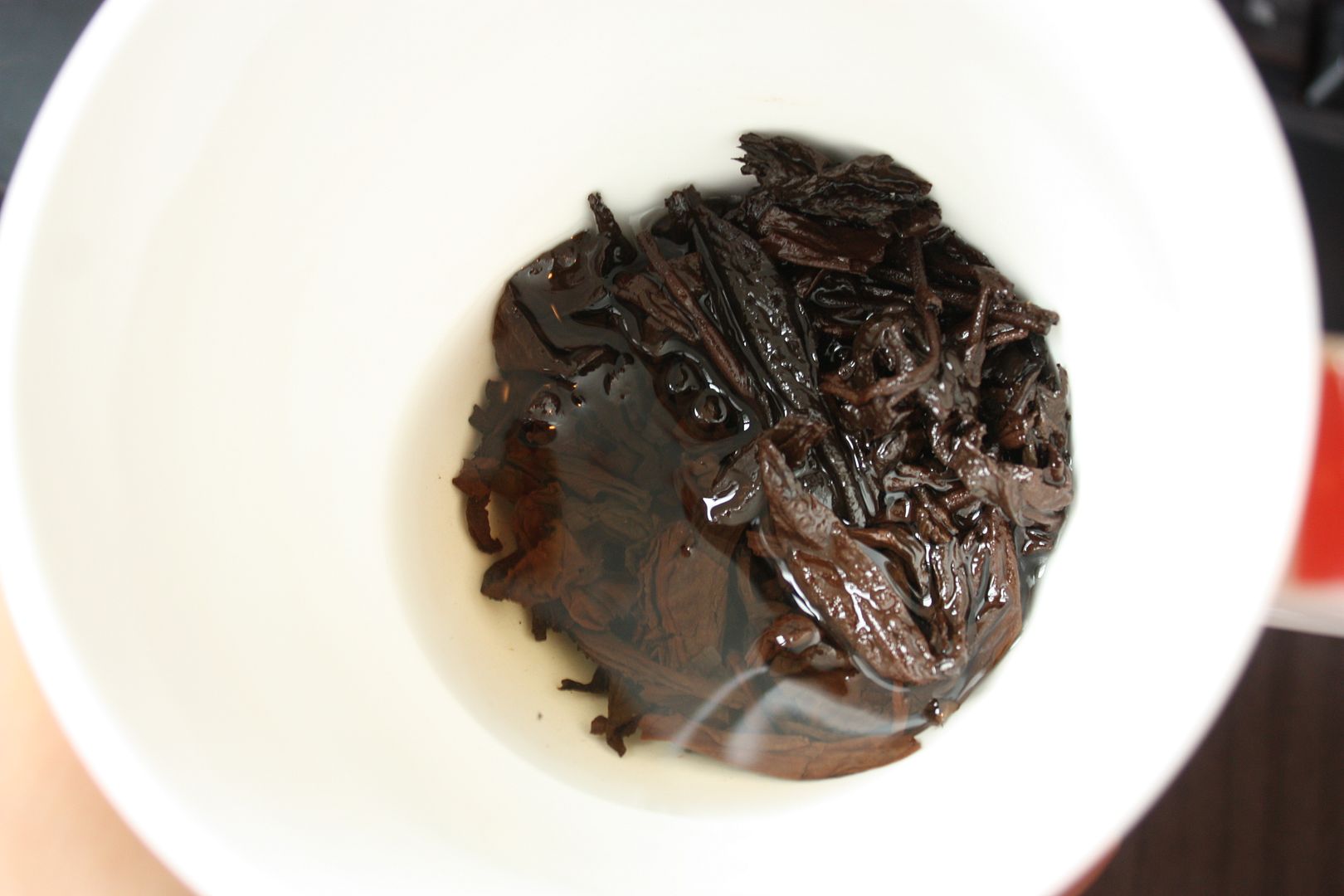
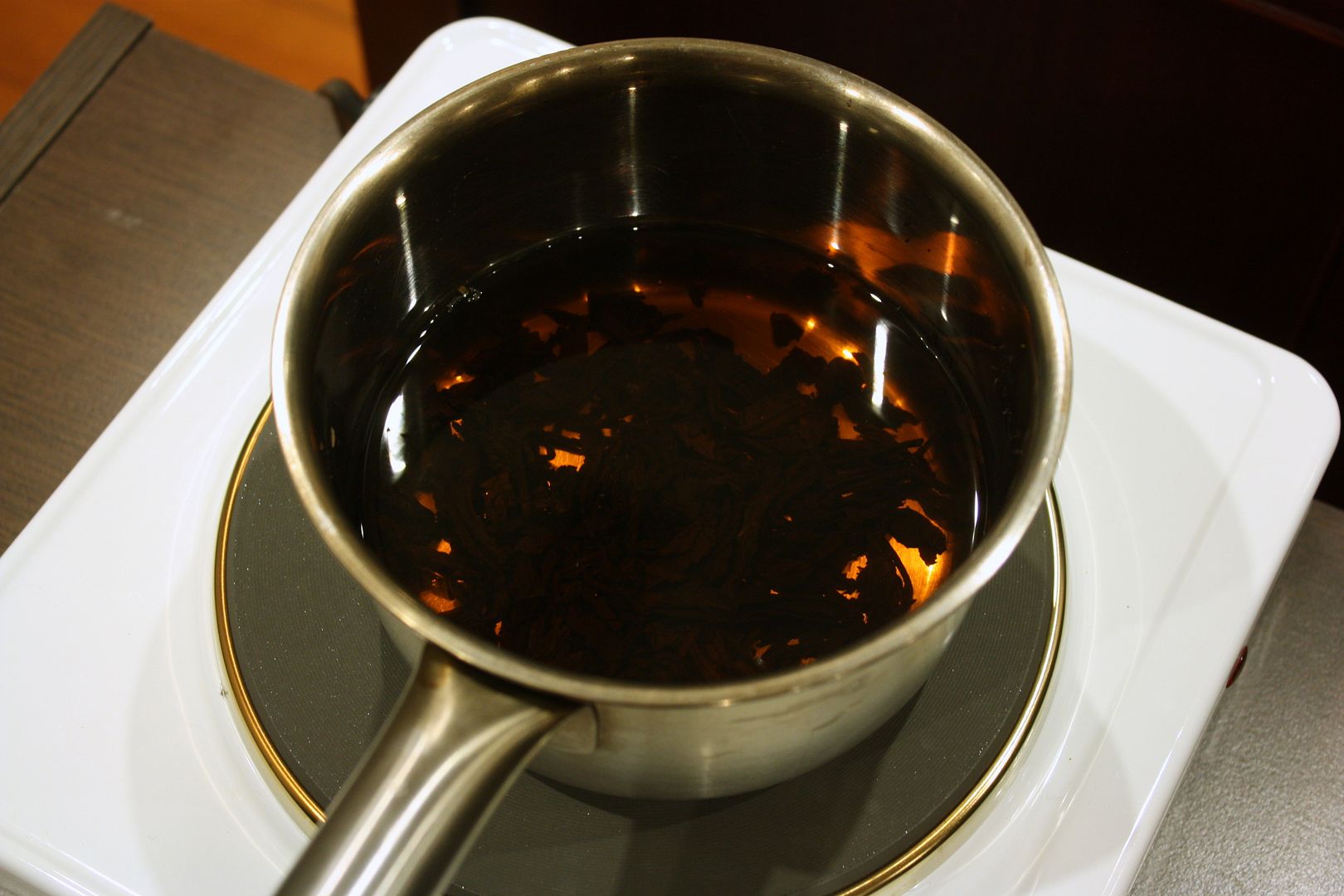
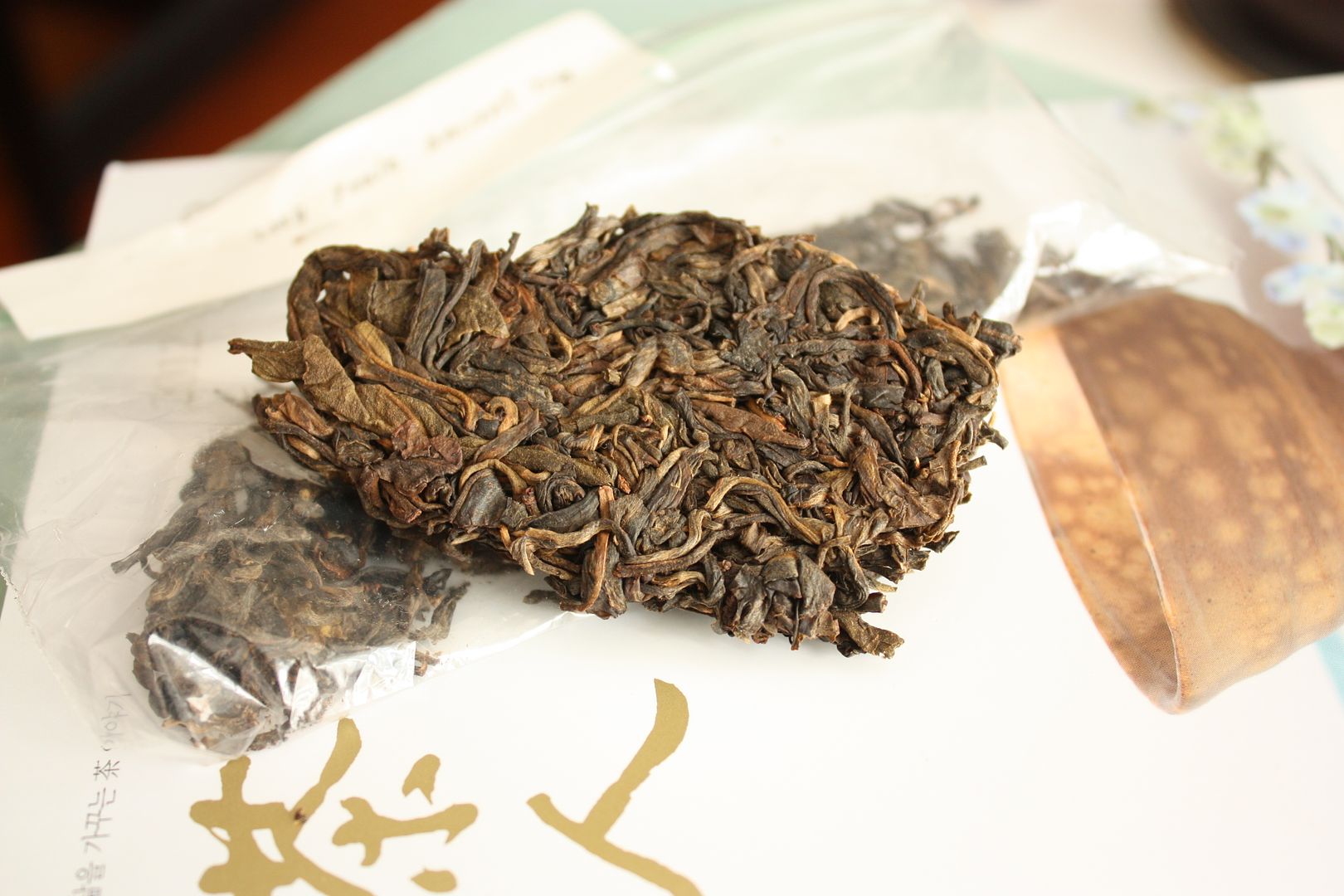
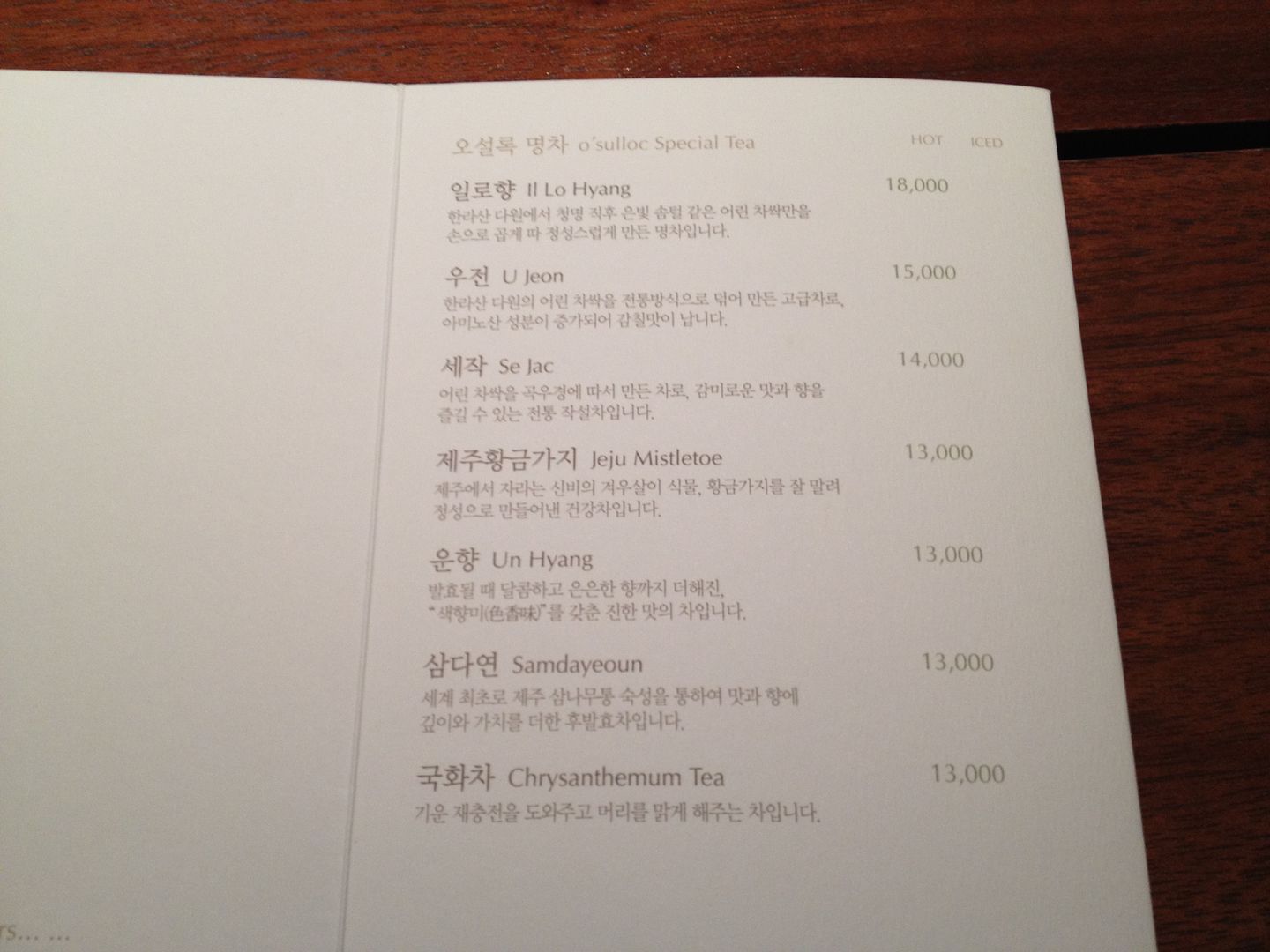
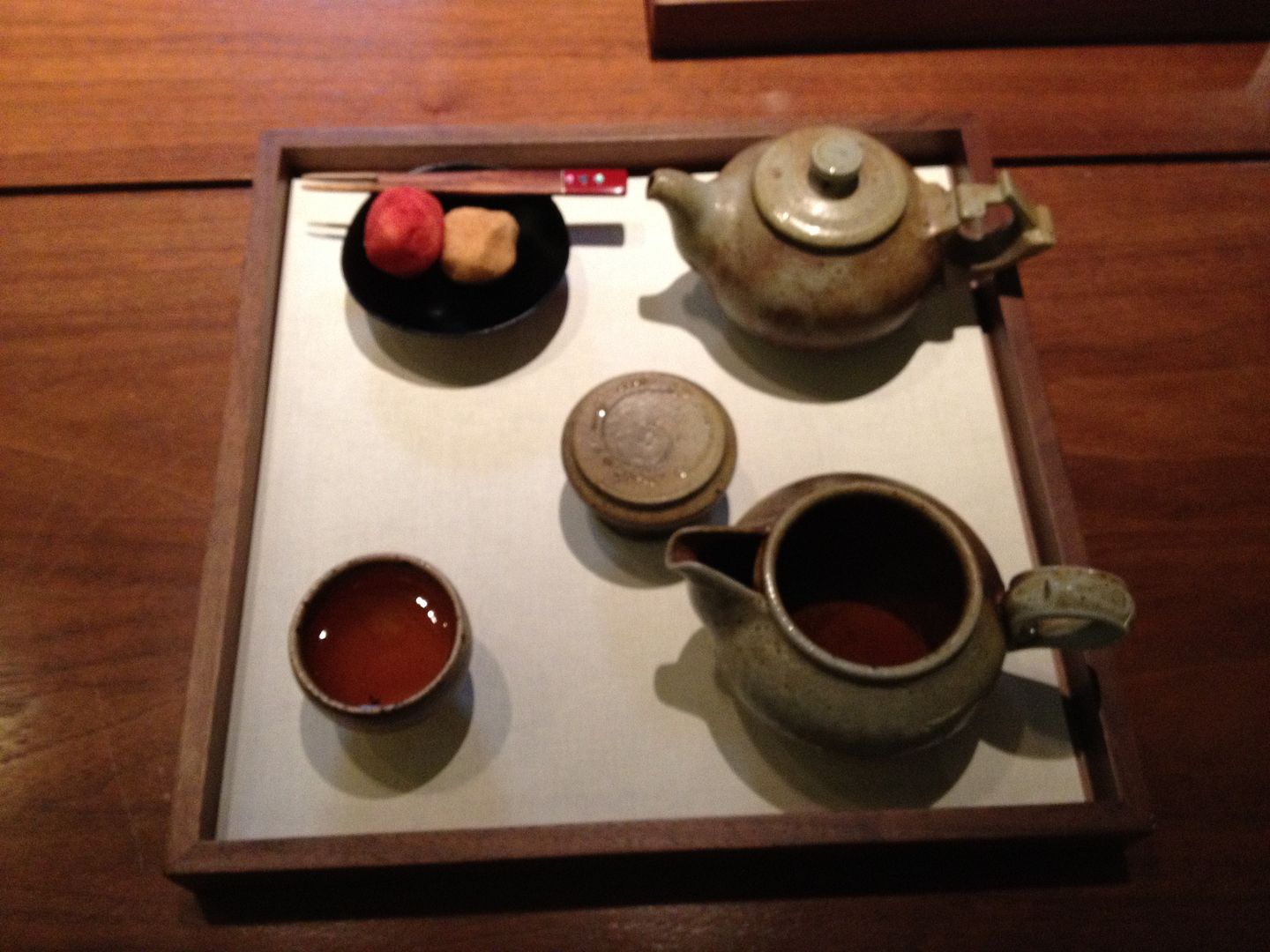
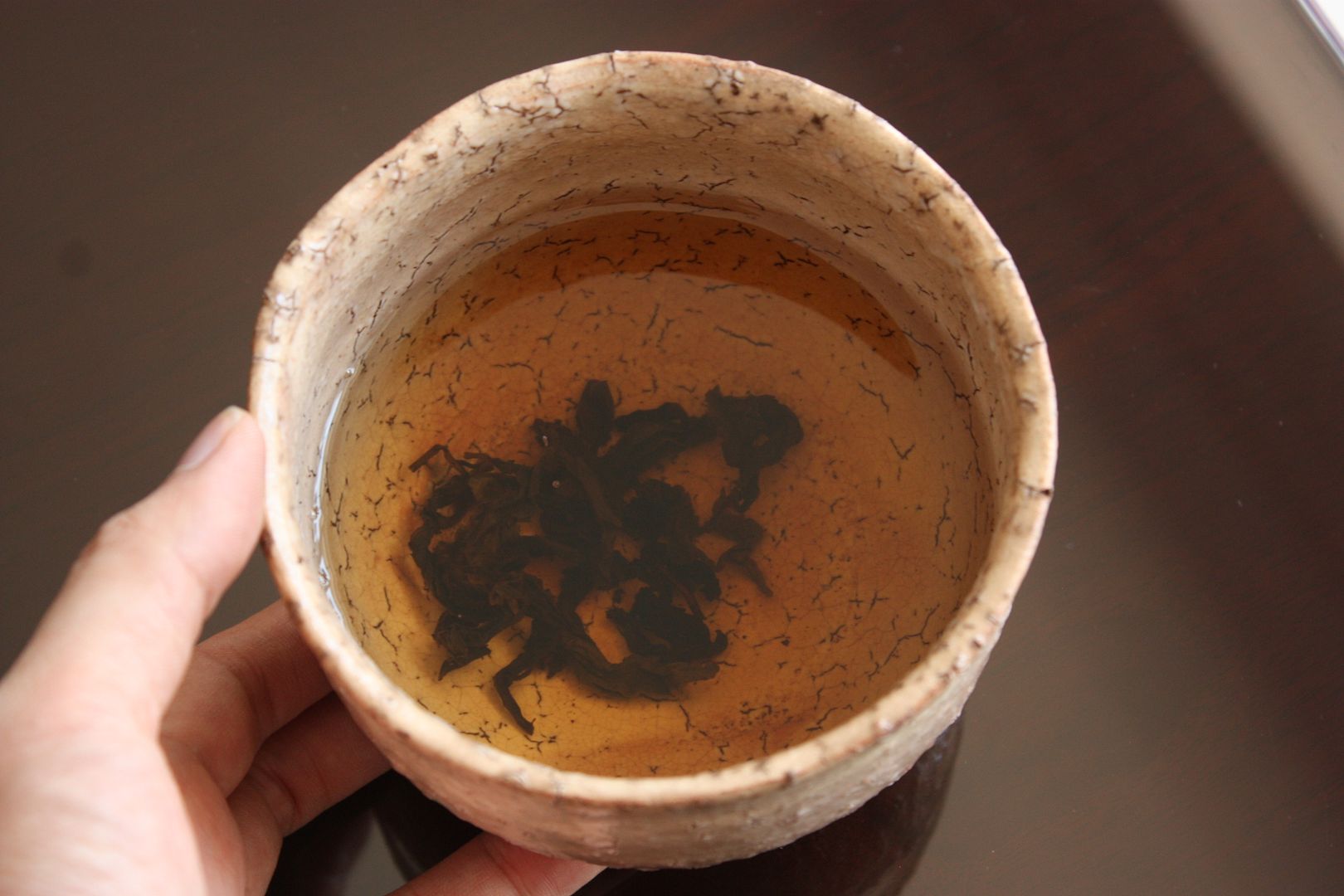
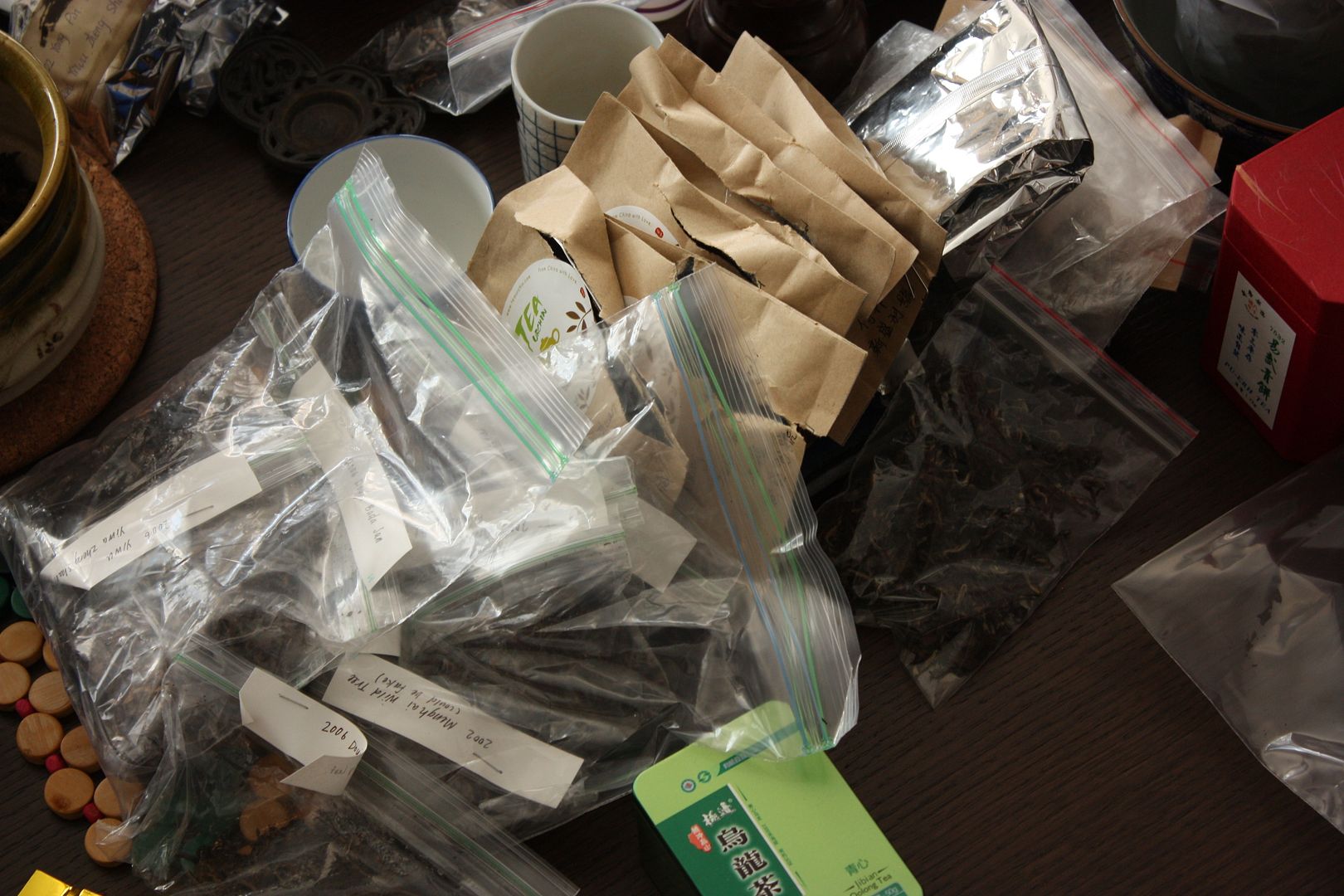
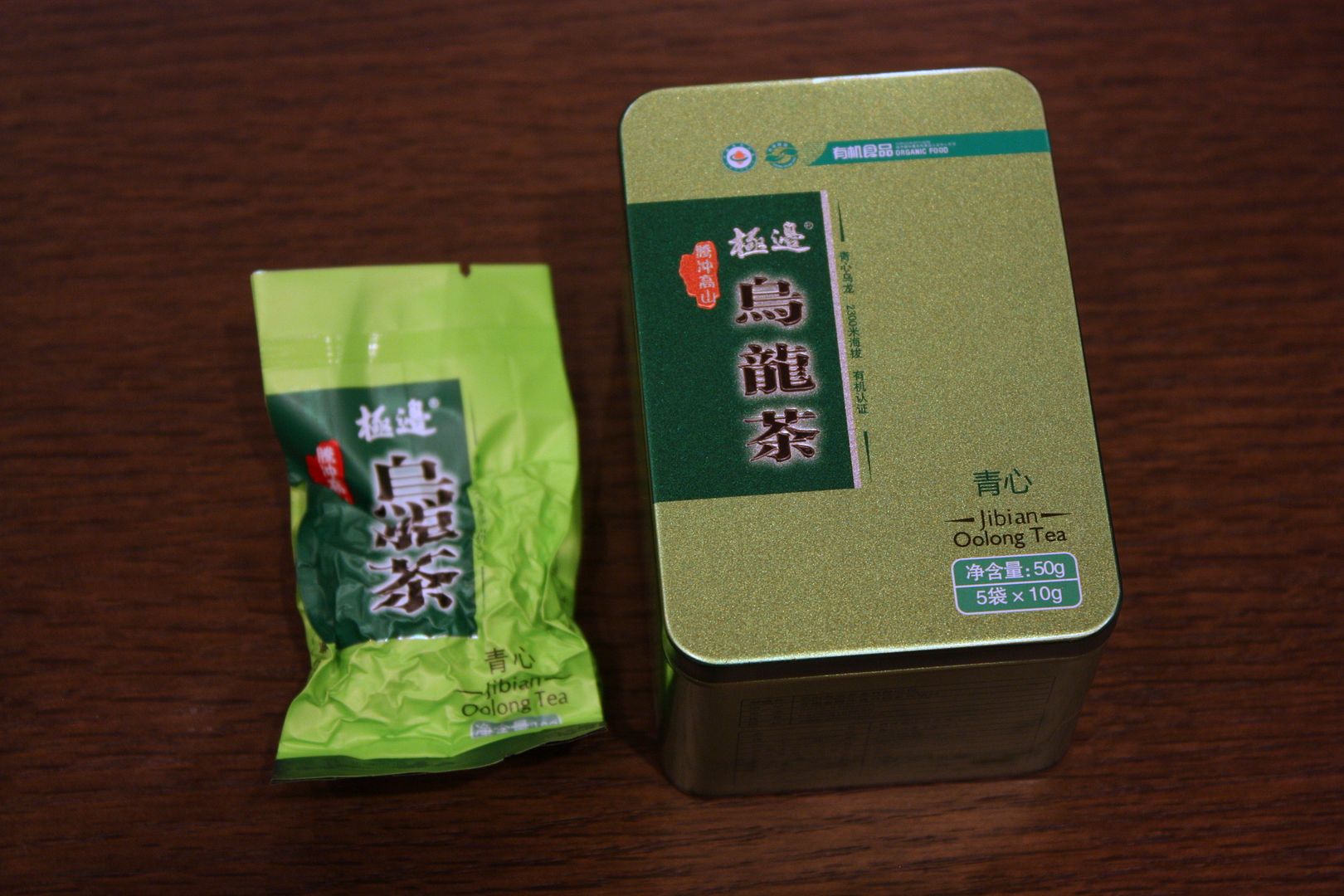
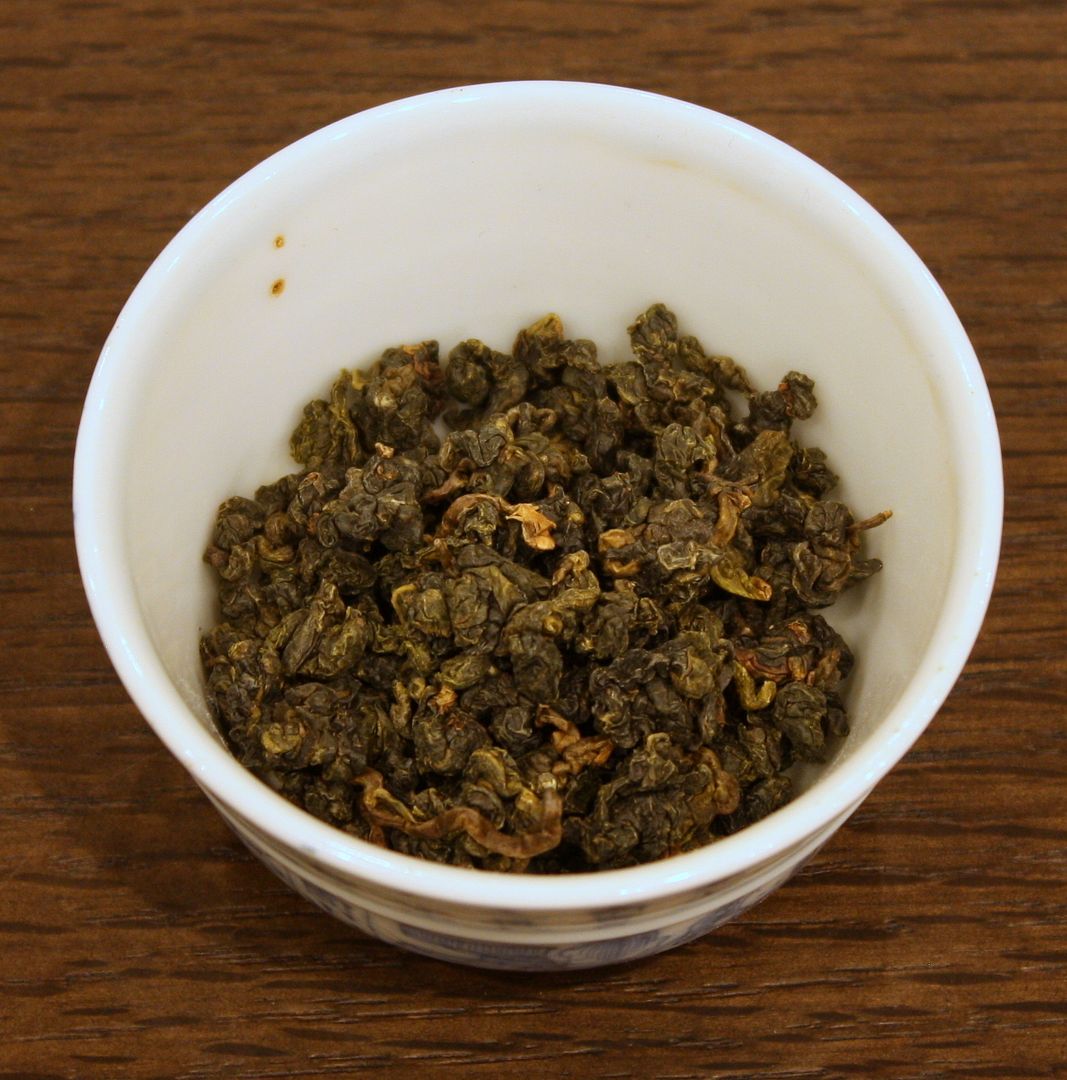
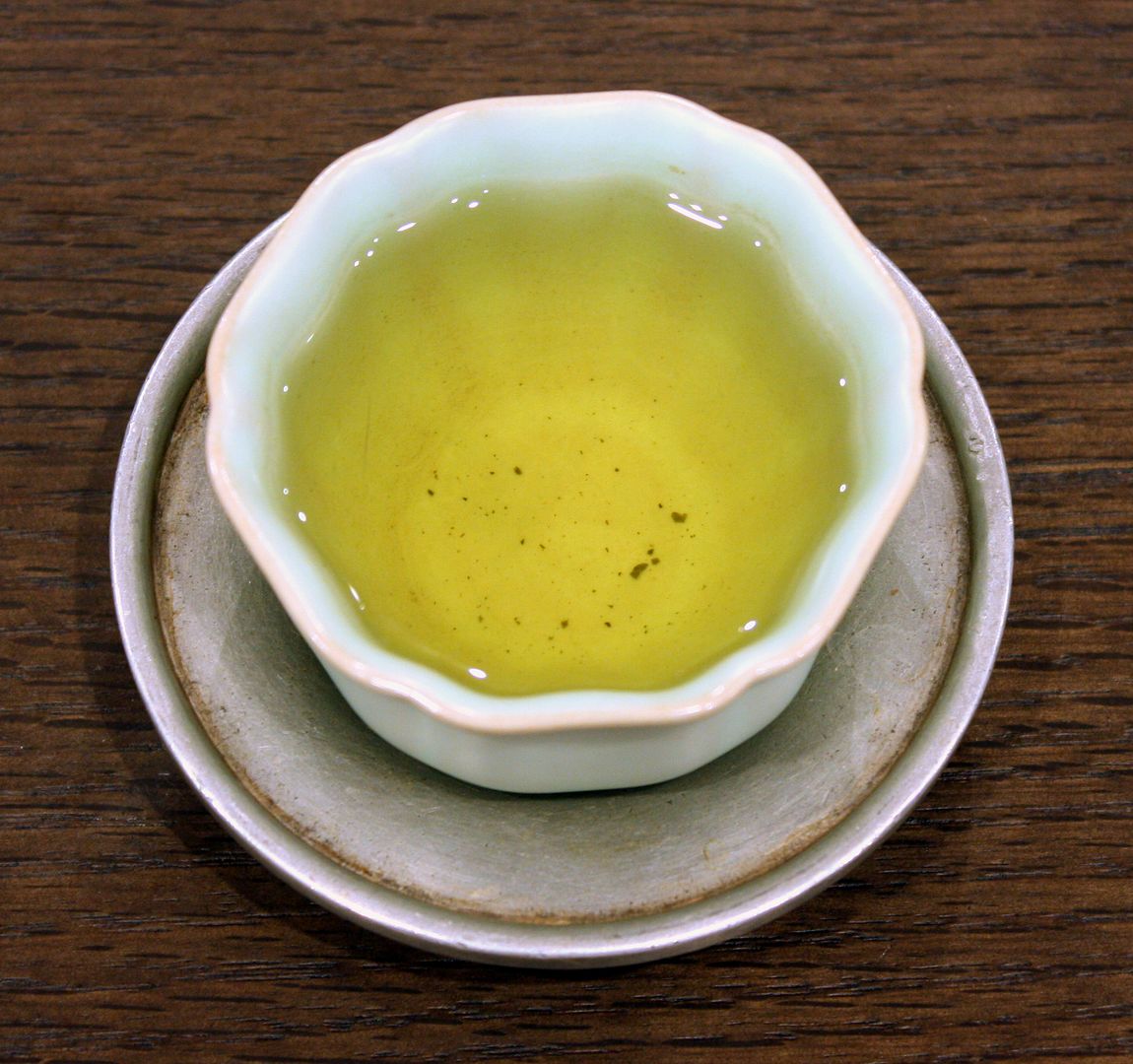
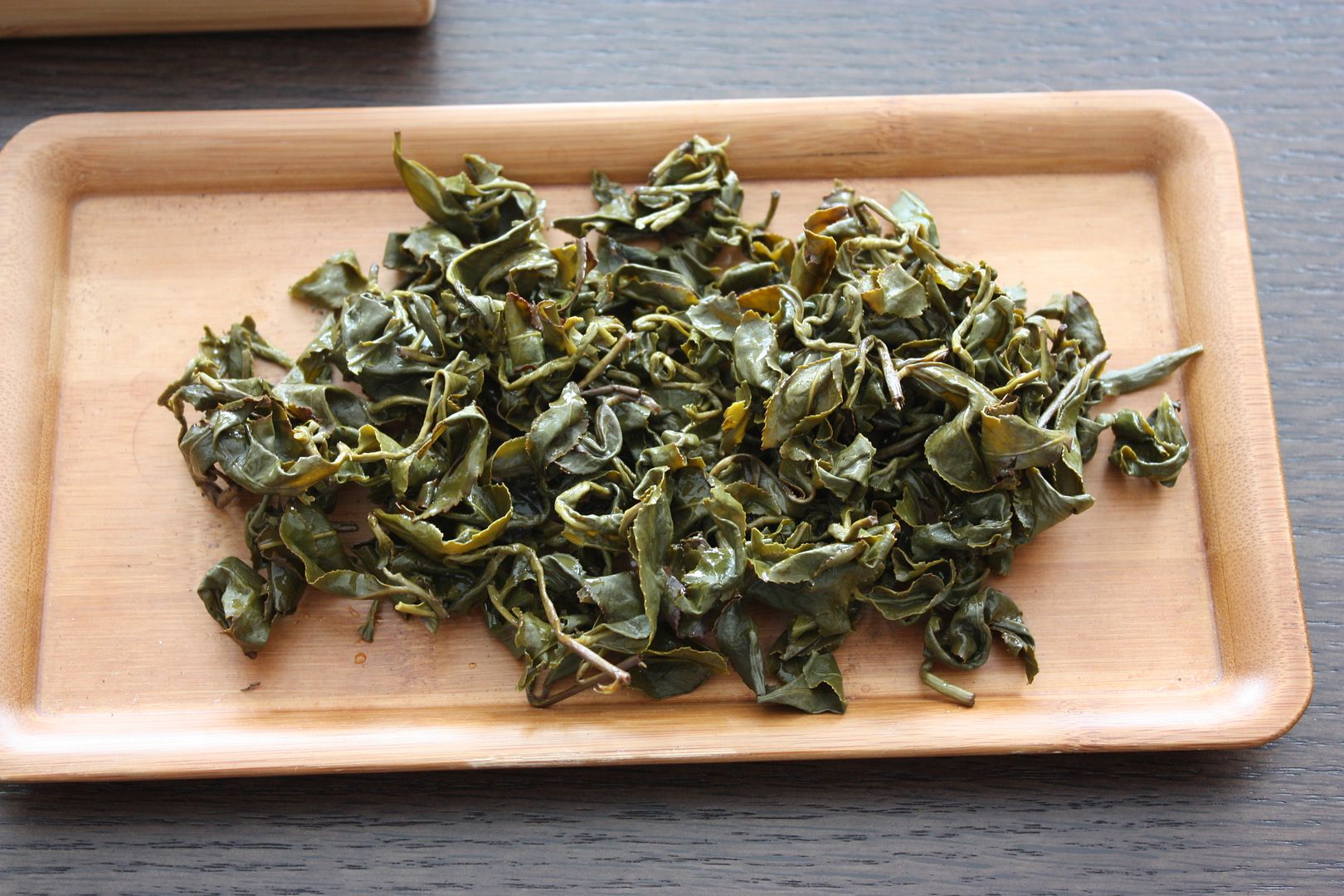
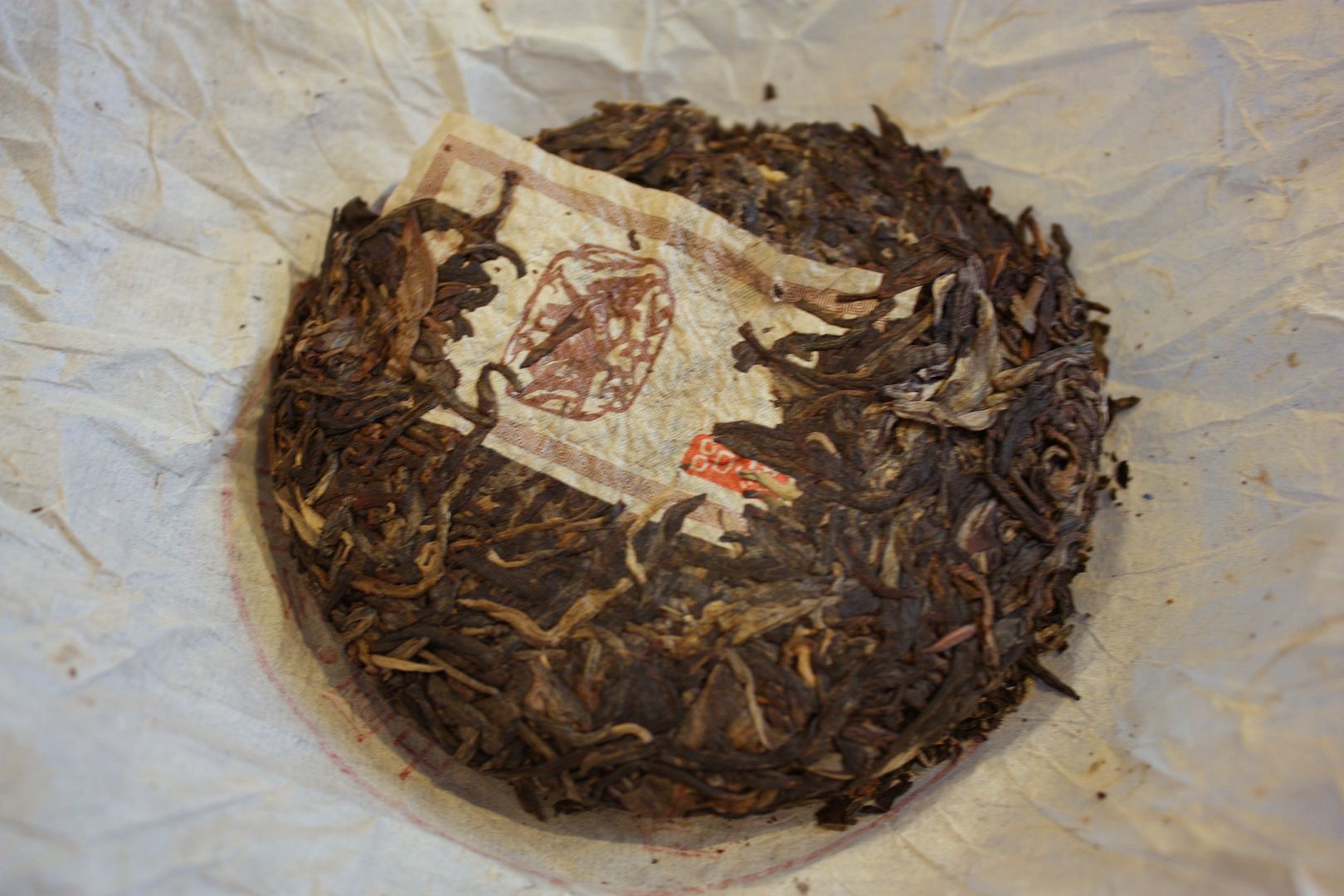
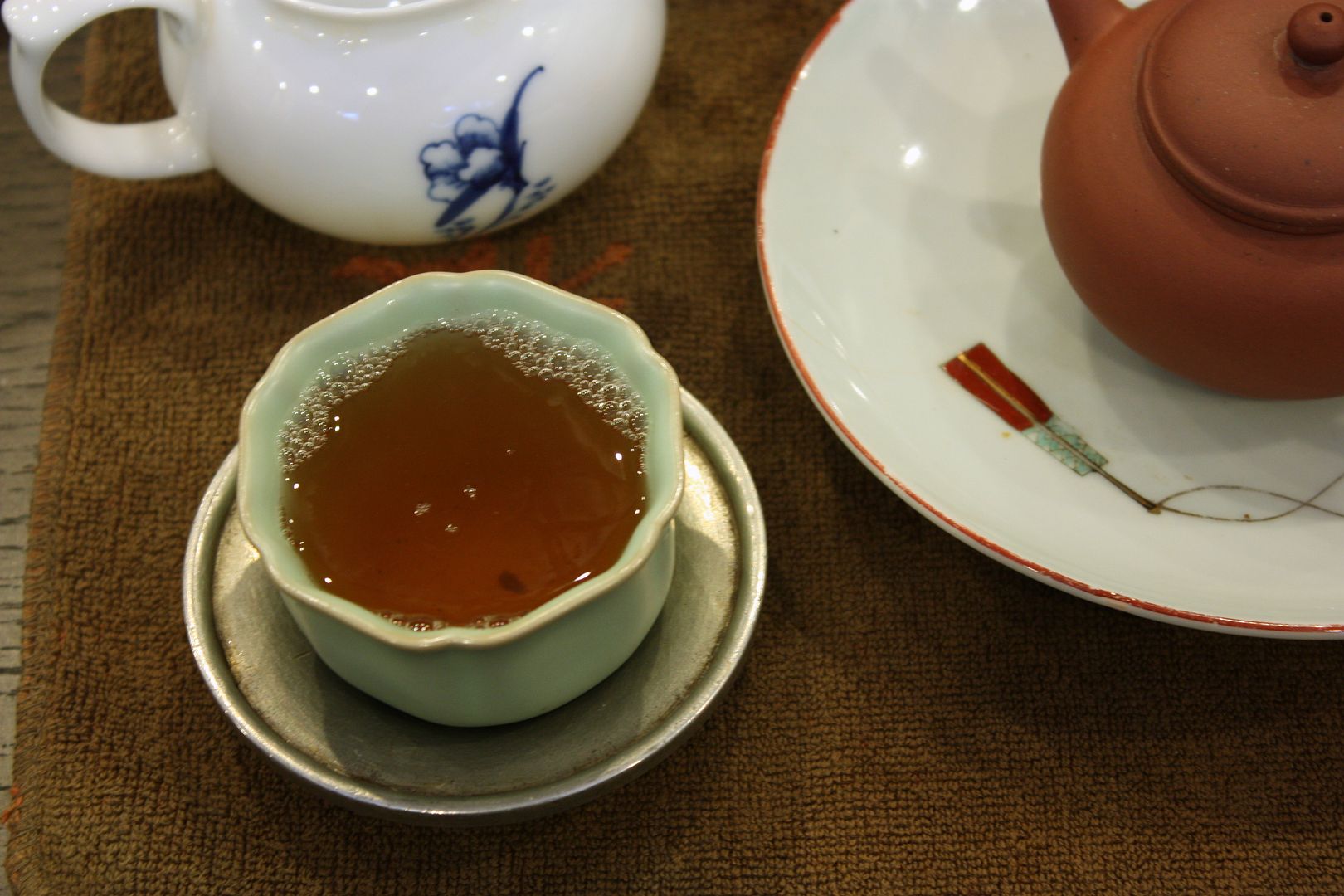
 RSS - Posts
RSS - Posts
Interesting.... would 250C in my oven work?